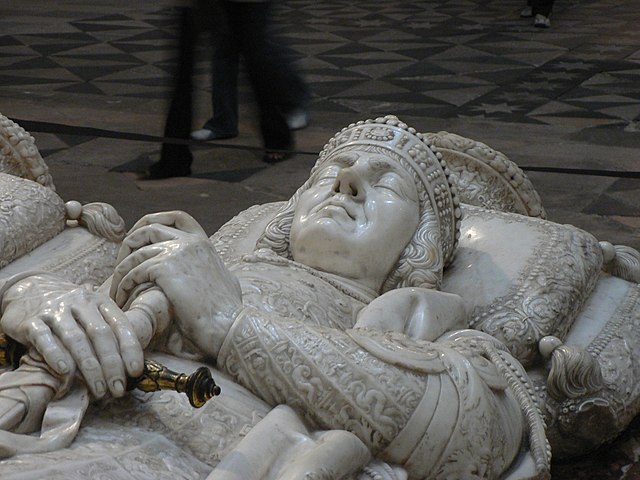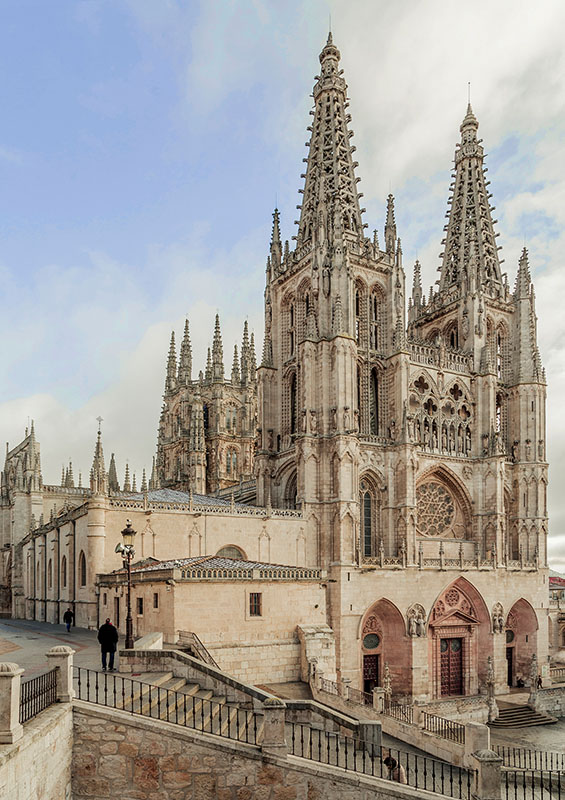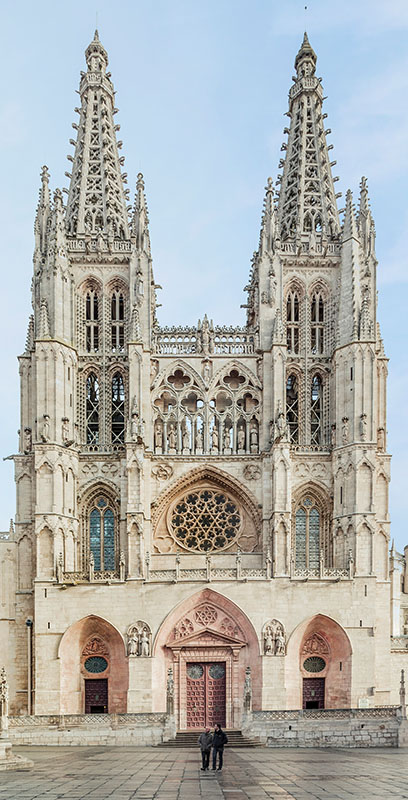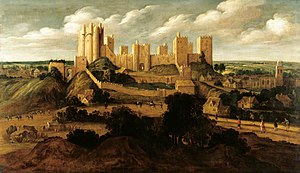Today the Gospel at Mass is about the Transfiguration. This is used in Lent as part of the narrative leading to the Passion.
There is also the separate Feast of the Transfiguration on August 6th. That existing celebration in Rome was extended to the whole Church by Pope Callixtus III in thanksgiving as it was the day on which news of Janos Hunyadi’s great victory at the siege of Belgrade over the Ottomans on July 22nd 1456 reached Rome. The complex history of the celebration of the Transfiguration by different Christian confessions is set out by Wikipedia at Feast of the Transfiguration
St Leo the Great, Pope from 440-461 is the author of a homily on the Transfiguration which is set as the readings set for the Third Nocturn at Mattins this morning. Written in an era when Christological controversies were frequent and deeply divisive it is a classic piece of Leonine teaching that sets forth the orthodox dogma in a concise and elegant form:
Jesus took Peter, and James, and John his brother, and brought them up into an exceeding high mountain apart, and manifested forth the brightness of His glory. Hitherto, though they understood that there was in Him the Majesty of God, they knew not the power of that Body which veiled the Godhead. And therefore He had individually and markedly promised to some of the disciples that had stood by Him [Matth. xvi. 28] that they should “not taste of death till they had seen the Son of Man coming in His kingdom”, that is, in the kingly splendour, which is the right of the Manhood taken into God, and which He willed to make visible to those three men. This it was that they saw, for the unspeakable and unapproachable vision of the Godhead Himself which will be the everlasting life of the pure in heart, [ Matth. v. 8] can no man, who is still burdened with a dying body, see and live.
When the Father saith: “This is My beloved Son, in Whom I am well pleased; hear ye Him” did they not plainly hear Him say: “This is My Son, Whose it is to be of Me and with Me without all time. For neither is He That begetteth, before Him That is begotten, neither He That is begotten, after Him That begetteth Him.” This is My Son between Whom and Me, to be God is not a point of difference to be Almighty, a point of separation nor to be Eternal, a point of distinction. "This is My Son not by adoption, but My very Own; not created from, or of another substance, or out of nothing, but begotten of Me not of another nature, and made like unto Me, but of Mine own Being, born of Me, equal unto Me.”
“This is My Son by Whom all things were made, and without Whom was not anything made that was made, [John i. 3] Who maketh likewise all things whatsoever I make and what things soever I do He doeth likewise, [v. 19,] inseparably and indifferently." This is My Son Who thought it not robbery, nor hath taken it by violence, to be equal with Me, but, abiding still in the form of My glory, that He may fulfill Our common decree for the restoration of mankind, hath bowed the unchangeable Godhead even to the form of a servant. [Phil, ii. 6, 7.] Him therefore in Whom I am in all things well pleased, by Whose preaching I am manifested, and by Whose lowliness I am glorified, Him instantly hear ye. For He is the Truth and the Life, [John xiv. 6] My Power, and My Wisdom. [1 Cor. i. 24]
As a subject the Trasfiguration is rare in medieval western art other than the Duccio now in the National Gallery. By comparison it is not infrequent as the subject of Orthodox icons. With the High Renaissance, led perhaps by Raphael this changed. However the iconography often seems confused with that of the Ascension, with swirling figures and drapery and convulsive movement. In earlier representations Christ, Moses and Elijah are perhaps too static, too statuesque and hieratic, as with the eastern icon tradition and as in the Duccio. The Apostles appear stunned but static. Later artists went to the opposite extreme. Neither emphasis seems to quite deliver the message the Gospel seeks to convey. It appears to be a subject almost too difficult to convey in the western tradition as opposed to the more mystical tradition of icons painting.
One of few western examples, and that is early sixteenth century, is this:















